Everything You Need to Know About Roof Ventilation
Proper ventilation is one of the most important components
of your roof. Without it, heat and moisture can’t properly escape from your
home, leading to long-term problems such as inefficient heating and cooling and
even mold.
What do professional roofers want you to know about roof
ventilation? The team at Accent Roofing answers some of the most common
questions about vents and related roofing materials.
What Does “Roofing Ventilation” Mean?
Roofing ventilation is just another way of referring to attic ventilation, or
the series of vents throughout your attic space that encourage airflow. Most
new homes are built with the intention of proper venting, but if you have an
older home your attic may be more likely to be improperly vented.
Roofing Ventilation…Why Does It Matter?
Depending on where you live, roofing ventilation is critical for supporting
proper airflow during extremely cold or hot temperatures, particularly when
humidity or moisture is involved. Here in the Southeast,
hot, humid summer weather makes ventilation so important; without airflow,
moist air can become trapped in your attic, keeping your AC from functioning
efficiently and also leading to mildew or mold. In colder climates, a lack of
ventilation can allow for snow melt which in turn makes a roof more susceptible
to ice dams.
How Much Ventilation Does My Roof
Need?
Great question! The answer is entirely dependent upon your home. As a (very)
general rule, professional roofers don’t like to see more than 300 square feet
of roof space without a vent. This translates to one vent for every 150 square
feet of attic floor space. That ratio can differ, however, if the house is
particularly shaded or some other special situation.
Don’t Vents Just Let My Cooled/Heated
Air Out?
Another great question. The answer is no.
Vents actually encourage the efficient transfer of indoor air and outdoor air,
regulating the temperature within your attic. This ensures your HVAC
system never has to overwork itself to try and heat or cool an attic space
that has no hope of stability. Your attic’s insulation is important to this
process as it makes sure only the air you want
to force out escapes.
How Can I Tell if My Roof is
Well-Ventilated?
A lot of very common roofing issues can actually be the result of improper
ventilation. One of the more obvious signs is mold and/or mildew in the attic.
If the space feels dank and musty, it’s probably not venting well. Other signs
include rust on structural metal such as nails and pipes in the attic, as well
as spongy roof decking. Warped or cracked shingles can actually also be a
long-term affect of ventilation issues.
What Can a Professional Roofer Do?
There are several types of vents employed by professional roofers today. Ridge
vents run along the ridge line of a home. Soffit vents allow connective air
movement between the soffits and ridge vents. Gable vents are usually louvered,
installed on gables. Your roofer will also talk to you about whether or not you
need to install air-moving equipment (such as a powered attic fan) to help
encourage better air flow.
Better ventilation
will extend the lifespan of your roof and help your HVAC function more
efficiently.
Do you suspect your roof’s
ventilation isn’t up to par? Reach out to your friends at Accent Roofing
today to talk about your options for streamlining ventilation in your roof.
1-770-769-1808
Source: Roofing Maintenance


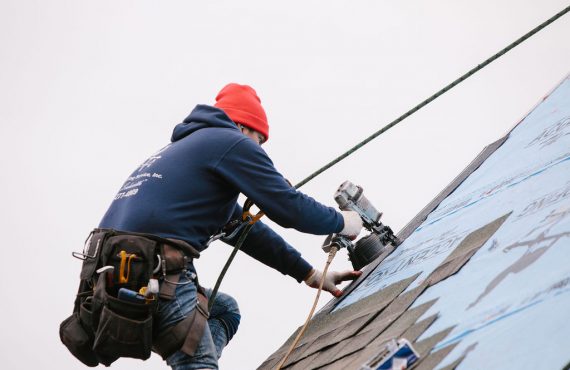
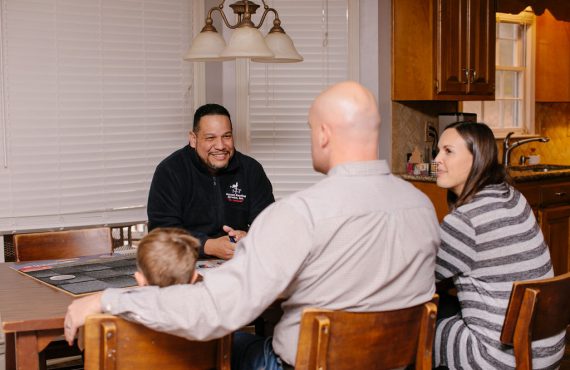
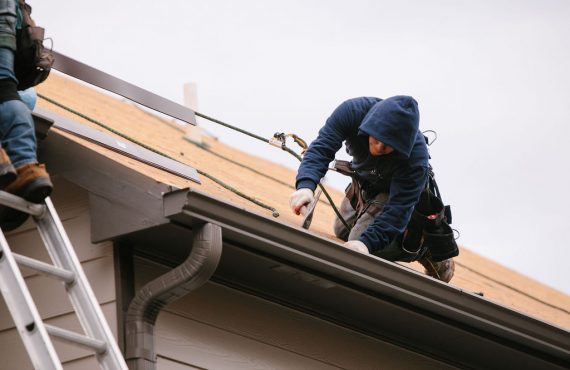

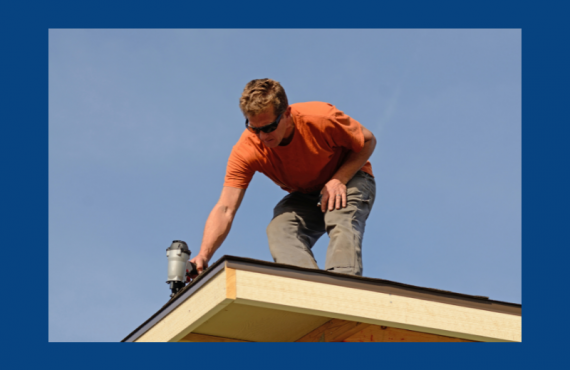


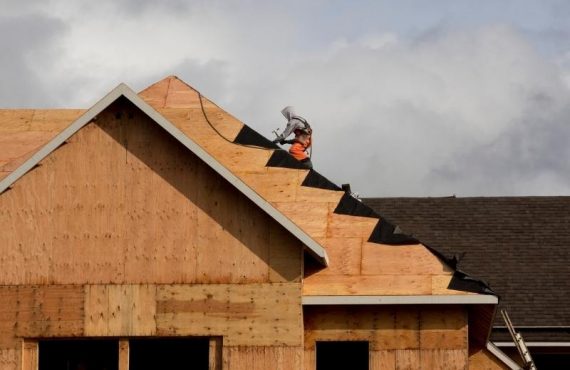

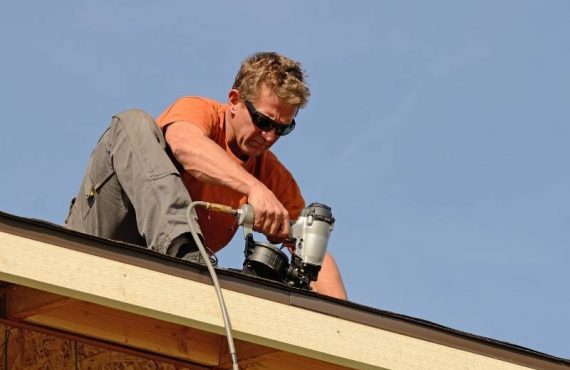
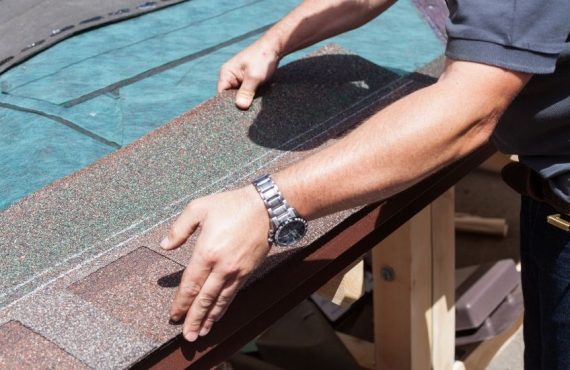

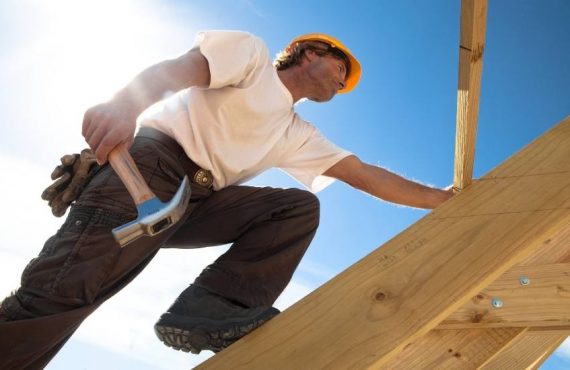



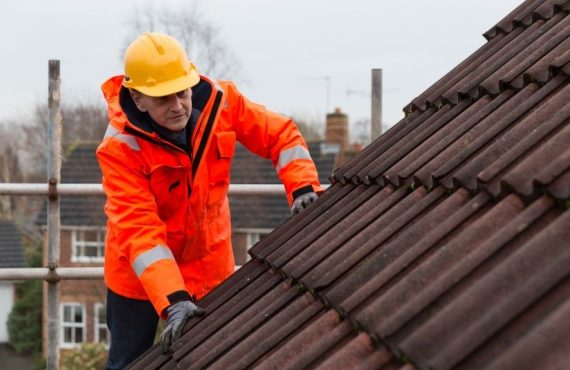

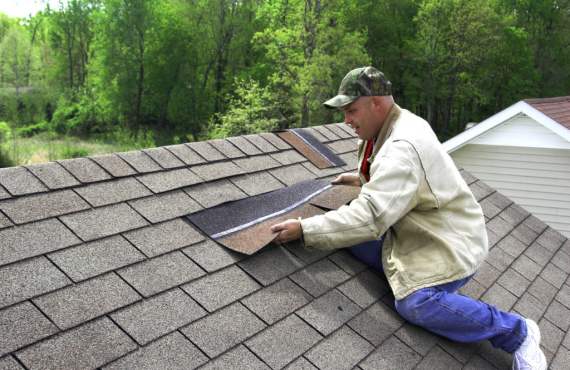

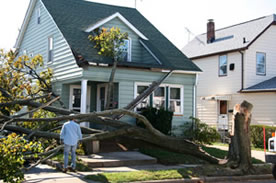


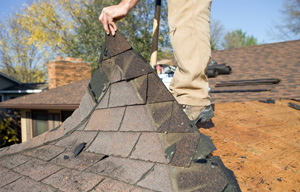


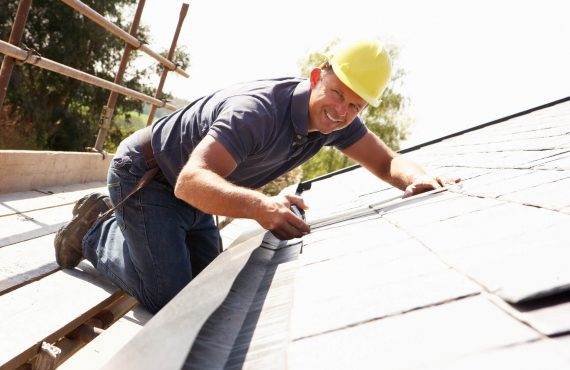

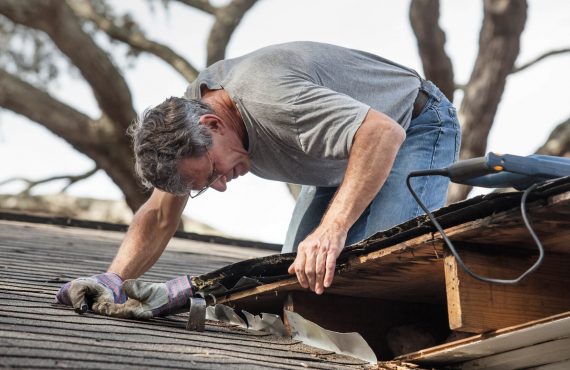


No comments yet.